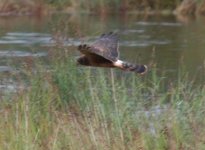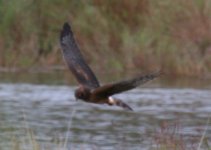Westmidstraveller
Fledgling Birder
Took these two shots in early September last year.
It was hunting in the grasslands around the Brooks Falls area of Katmai National Park.
Thank you for any help you can give.. not good quality shots I'm afraid.
Cheers
Liz
It was hunting in the grasslands around the Brooks Falls area of Katmai National Park.
Thank you for any help you can give.. not good quality shots I'm afraid.
Cheers
Liz





